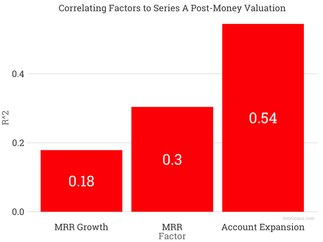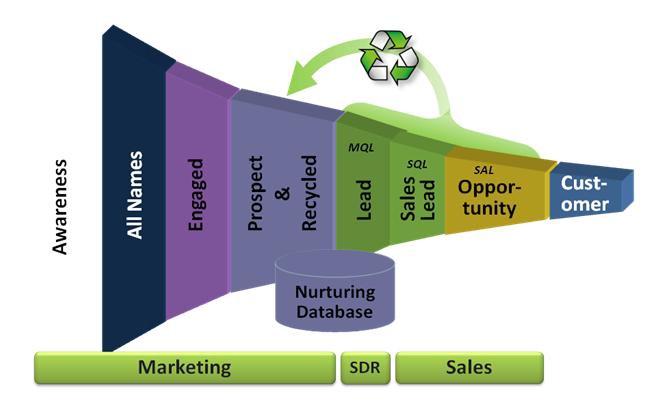A few weeks ago I was having dinner with a new friend, Bern Shen, who had just become the CEO of Dharma Platform. After having this discussion and running into a few related blog posts, a few observations came to mind:
First Hire an SE
Sometimes a start-up's first "sales" hire should be a pre/post sales engineer who can both communicate the product's value to prospects (often sourced and closed by an early stage company's CEO) and help make sure early customers are wildly successful.
Early Customer Success = Early Company Valuation
PQL > MQL (sometimes)
Tom Wentworth recently described how much more powerful a Product Qualified Lead (PQL) is than a Marketing Qualified Lead (MQL). For the right product, users can qualify themselves by using the free or open source version of a product; and then inside sales can help try to convert them to a paying customer. https://tomwentworth.com/why-im-killing-the-marketing-qualified-lead-95c90874bc6f
Personally I think that this only works if the "time to value" of the try-before-you-buy version of your products can be short. Your product needs to be dead simple to configure - a great goal but not always possible with enterprise SaaS. Often customers are better served by being educated via other marketing methods - maybe even product focused ones such as product demo videos, sales engineers configuring and demo'ing the product, and detailed testimonials from current users.
Drive Towards Low-Touch/No-Touch Sales
(Lower ASP = Shorter, Virtual Sales Cycles)
(1 Touch = Unprofitable Customer)
This may be the most obvious observation. One of the biggest challenges for the new generation of enterprise SaaS companies with lower-cost point solutions is how and when a sales representative should engage with a prospect.
I have heard CEOs talk about a one-touch or zero-touch sales models. Specifically when I talked to Oversight systems CEO Patrick Taylor about a low-touch model he said "You don't need an in-person salesperson to make the service real, trials do that" https://twitter.com/johngibbon/status/675704863913717765
Other CEOs who have products with very low price points say that "as soon as you pick up the phone (for sales or support) that customer is no longer profitable." When I was on the board of one company we tried to keep the CaC (customer acquisition cost) as low as possible in part by making all sales interactions virtual and usually programmatic. This was done to keep our CaC low since our ASP (average selling price) was relatively low for enterprise SaaS standards. We obviously broke this rule if the potential deal size was very large.
Add an SDR
On a related note, Matt Bertuzzi recently came to the conclusion that an average SDR (sales development representative) will make an AE (account executives) more productive if the ASP of a product is higher than $8k. http://blog.bridgegroupinc.com/whats-the-minimum-asp-where-sales-development-makes-sense
Certainly you don't want to extend the sales cycle of a low ASP product by introducing two people interacting with the customer. However I wouldn't read this as not introducing virtual sales team members in lower ASP products, it is most likely reflecting that during the sales process for these lower ASP products Account Executives (AEs) are more virtual like traditional SDRs.
Mind the Gap (or gaps in the funnel)
As leads migrate through your marketing funnel, where is the largest drop-off (or largest drop-off compared to industry standards)? How can you optimize your sales by understanding where leads fall out of the funnel? Where should you increase (or decrease) your resources throughout the marketing and sales funnel?
Of course there are many ways to improve conversions through the funnel; however the most important to consider in a product focused sales strategy is to make sure your product is successfully solving an important problem for your customer.


 RSS Feed
RSS Feed